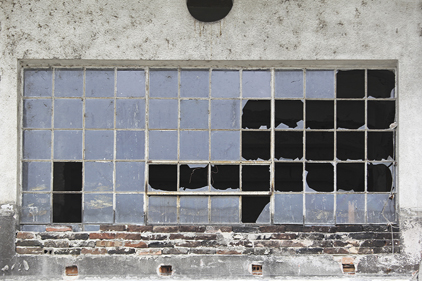Workplace conditions can always be improved, just like human behavior in the workplace. If you believe in continual improvement you know there are always contributions to make.
Most organizations have some means for employees to make suggestions on workplace improvements. Many organizations will let the employees know if they can fix it themselves, please do so (pick up trip hazards, etc.). And, for the areas of risk in the workplace that an employee can’t change by themselves, there is typically some kind of work order system — a card, a form or an input to provide that information. Then organizational leadership can decide on it or maintenance can prioritize it in their schedule.
Suboptimal communication
The largest issue I’ve seen with workplace condition improvements — and the related work order side of safety — is that communication tends to be suboptimal. This is from the time employees speak up or fill out a form thru the “fix it” time period (if it’s remedied at all). In many companies there is little communication back and forth to discuss the priority and outcome of a workplace condition improvement idea (a work order status).
Toward the end of a recent workplace presentation, one of the employees spoke up and asked, “What you’ve presented about our own personal management of risks makes total sense, but do you think you could get someone to fix the window in our work area? It’s minus 20 degrees out there and the huge hole has the temperature in our work area close to zero. I can’t stay warm and it’s hard to concentrate on my job.”
The window had been broken for months. About five or six work orders had been turned in. This then turned into a dialogue on other work orders, other safety needs and my audience disclosed that having asked for brooms to do more housekeeping, no one has ever responded or got them the brooms. Having asked for salt for some of the ice areas around the shipping dock, no one was responding to get them salt. They went through at least five or six more issues where work orders or requests were made, more than once, and no response was the norm.
Absence of action drains the safety spirit
Obviously the level of risk remains higher where these issues need to be addressed and fixed. Yet the cost is far bigger. How empowered are employees going to be, how much spirit and effort are they going to put into their own safety when the continuous answer from the organization about workplace conditions is an absence of action or response?
I felt bad for this night shift. How could they even hear or listen to what I’m saying when in 20 minutes they go back into an area and freeze because no one will fix the broken window.
Work order systems don’t work when there is a disconnection between all those who can help you by giving ideas (filling the work orders out) and those who can complete the work on the work order.
The best example of a work order system I have seen was at a Georgia Pacific site. Employees knew how to provide ideas and requests for positive changes for safety. And every month, the first 15-20 minutes of each safety meeting, maintenance came in and shared the list of all ideas (new ones and existing ones), the status on each, the reason for any that can’t be done (if any exist) and the priorities of what they would finish in the next few weeks ahead. The best part of the meeting was maintenance wasn’t just telling employees the priorities, they asked them to sit in small groups and review the priorities of the work orders. Then, as the whole group came back together, anyone who wanted to voice a concern over the timing or priority of closing on issues spoke up. A few work orders were changed, some went upward in priority, one down.
When employees are part of the loop…
The bottom line: employees were connected to the work order status. They could see the whole loop and gain closure based on their inputs. Employees were integral in prioritizing when the work order would be done. The process was owned by both operations and maintenance together to ensure that the limited fix-it-up resources were invested in the most important safety concerns.
And the value for doing this? There was far more excitement by all employees to manage safety – the workplace, their own behavior and helping each other. Their excellent safety record at that site was not a surprise when you could see the level of commitment they had together.
How responsive to your employees is your workplace conditions improvement process? Have you asked employees about them? Are they included in prioritizing safety issues? Do employees see closure and know the status of their inputs? These are some good questions to ask to enable your system to generate optimism and activate employee personal ownership for safety.



